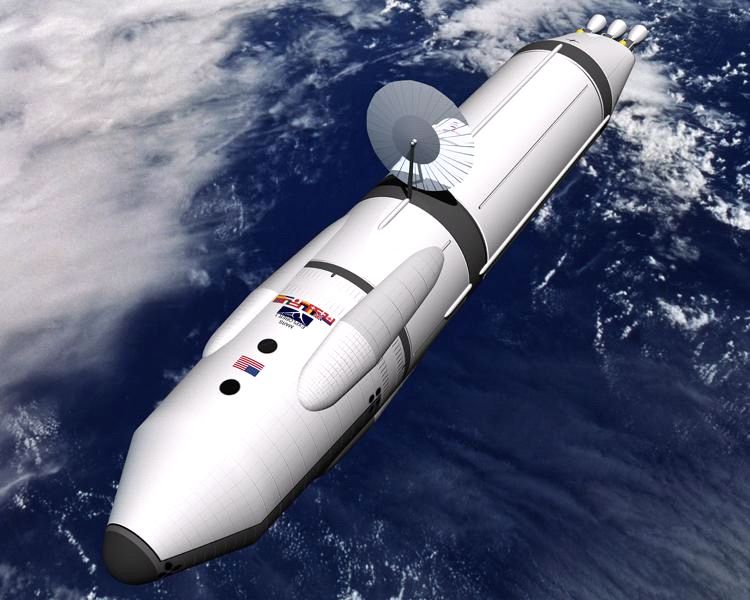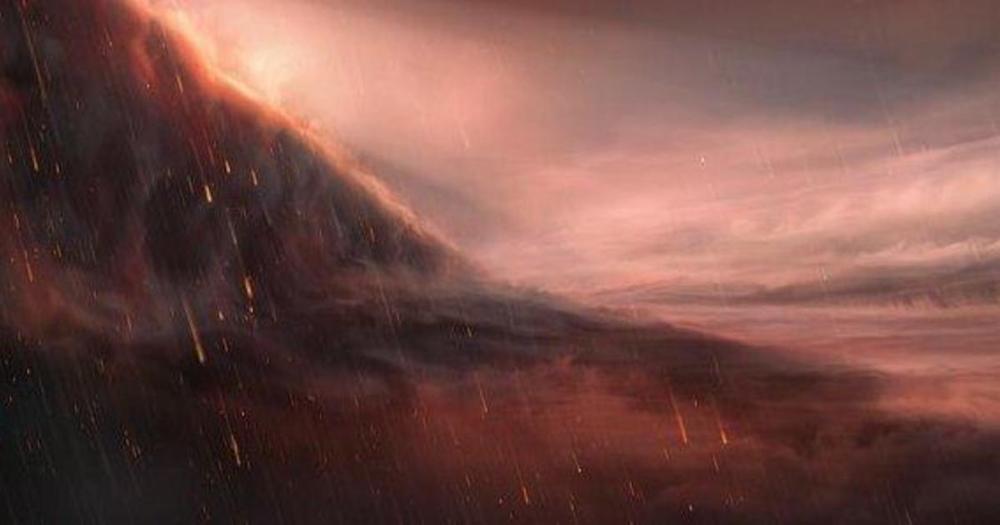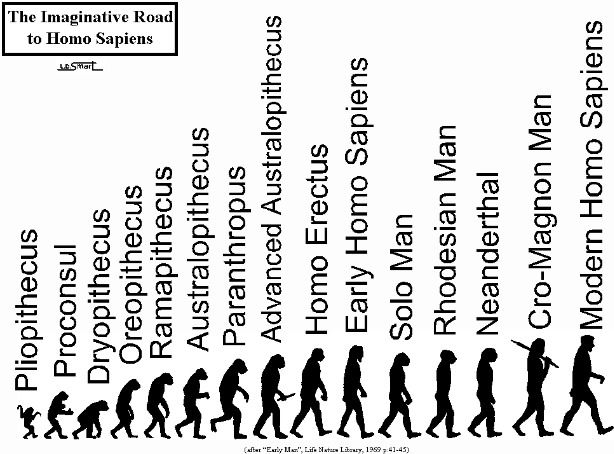
Get the latest international news and world events from around the world.



US should give citizens $1,000 a month to limit coronavirus impact on economy, strategist says
Hong Kong’s government announced in late February that it would be giving every resident over the age of 18 a cash payout of 10,000 Hong Kong dollars, part of a package of measures aimed at reducing the financial blow to the territory from the COVID-19 outbreak and months of anti-government protests. At the time, the city’s Financial Secretary Paul Chan told CNBC the move could boost Hong Kong’s economy by around 1%.
The U.S. should follow Hong Kong’s lead and give a cash handout to its citizens amid the coronavirus pandemic, a strategist told CNBC Friday.
“This is not a financial crisis,” Andrew Freris, CEO of Ecognosis Advisory, told CNBC’s “Capital Connection.” “It is a crisis about the real economy.”
He noted that in 2008, central banks used stimulus to respond to the collapse of the U.S. mortgage market — but he said nothing of the kind was happening right now.

Fed Cuts Main Interest Rate to Near Zero, to Boost Assets
The Federal Reserve swept into action on Sunday in a new bid to save the U.S. economy from the fallout of the coronavirus, cutting its benchmark interest rate by a full percentage point to near zero and promising to boost its bond holdings by at least $700 billion.
The central bank also announced several other actions, including letting banks borrow from the discount window for as long as 90 days and reducing reserve requirement ratios to zero percent. In addition, the Fed united with five other central banks to ensure dollars are available around the world via swap lines.
Fed Chairman Jerome Powell will hold a press conference at 6:30 p.m. Washington time to discuss the actions.
Zaha Hadid Saudi Arabia Architecture
This architecture is out-of-this-world! 😲.

Astronomers discover scorching hot planet where it rains liquid iron
On one particularly hot planet, hundreds of light-years away from Earth, the forecast is cloudy with a chance of liquid iron rain. Scientists recently discovered the bizarre exoplanet, which they referred to as one of the most “extreme” they’ve ever observed.
Using the Very Large Telescope (VLT) at the European Southern Observatory (ESO), researchers observed an “ultra-hot” giant exoplanet, where temperatures can exceed 2,400 degrees Celsius during the day — hot enough to vaporize metals.
One face of the planet, its “day side,” is always facing its parent star and permanently roasting, while the cooler “night side” remains in constant darkness. Because of this, when strong winds push vaporized iron to the night side, it condenses into droplets, creating an iron rainstorm.


Welcome to the Dark Aegir
The Pandemic of our century has arrived. We will be judged by our own actions.
Every hundred years a Pandemic comes and cuts down the population. It is now our turn. We will be judged by history for the actions or inactions we will take going forward.
The one thing I want you all of you to remember is that we are all human being. We are imperfect intelligent animals. We have our good points, our bad points, and our own fears. This is not to be viewed negatively.
Although, we are imperfect intelligent animals, we have strengths that other intelligent animals did not have. We have an ability to adapt and overcome, we care, we build societies, we tend to take care of those people around us. The power of taking positive actions is an ability we all have.

Battelle-Led Team Wins DARPA Award to Develop Injectable, Bi-Directional Brain Computer Interface
Here’s an exciting concept that was actually first discussed in 1959 by Richard Feynman in an article entitled “There’s Plenty of Room at the Bottom”.
I am most interested in this technology for mind uploading.
“Battelle’s N3 concept for a minimally invasive neural interface system, called BrainSTORMS (Brain System to Transmit Or Receive Magnetoelectric Signals), involves the development of a novel nanotransducer that could be temporarily introduced into the body via injection and then directed to a specific area of the brain to help complete a task through communication with a helmet-based transceiver.”
COLUMBUS, Ohio—(BUSINESS WIRE)—Battelle has for years successfully demonstrated brain-computer interface (BCI) projects—just look at NeuroLife®, which has enabled a quadriplegic man to move his hand again using his thoughts. Now, the government’s forward-thinking Defense Advanced Research Projects Agency (DARPA) has awarded a contract to a Battelle-led team that pushes researchers into the realm of what was once considered science fiction.
“This is one of the most exciting and challenging projects I have worked on” Tweet this
Imagine this: A soldier puts on a helmet and uses his or her thoughts alone to control multiple unmanned vehicles or a bomb disposal robot. That’s the basis for this effort for DARPA’s Next-Generation Non-Surgical Neurotechnology (N3) program. The N3 program seeks development of high-performance, bi-directional brain-machine interfaces for able-bodied service members. Most of the current BCI research, including Battelle’s NeuroLife technology, focuses on helping people with disabilities who must undergo invasive implant procedures, including brain surgery, to enable a BCI that can restore lost function. For the next BCI leap, in which the technology can be used by healthy military service members, it’s imperative to find lower-risk and less-invasive options.

DARPA taps four companies for critical unmanned underwater vehicle tech
DARPA has announced the four companies it has selected to work under its Manta Ray Program. Three of the companies will be tasked with developing ‘an integrated solution’ for the program’s operational and technology areas, according to DARPA. The fourth company will instead focus on the topic of undersea energy harvesting options capable of working at the depths DARPA has planned.